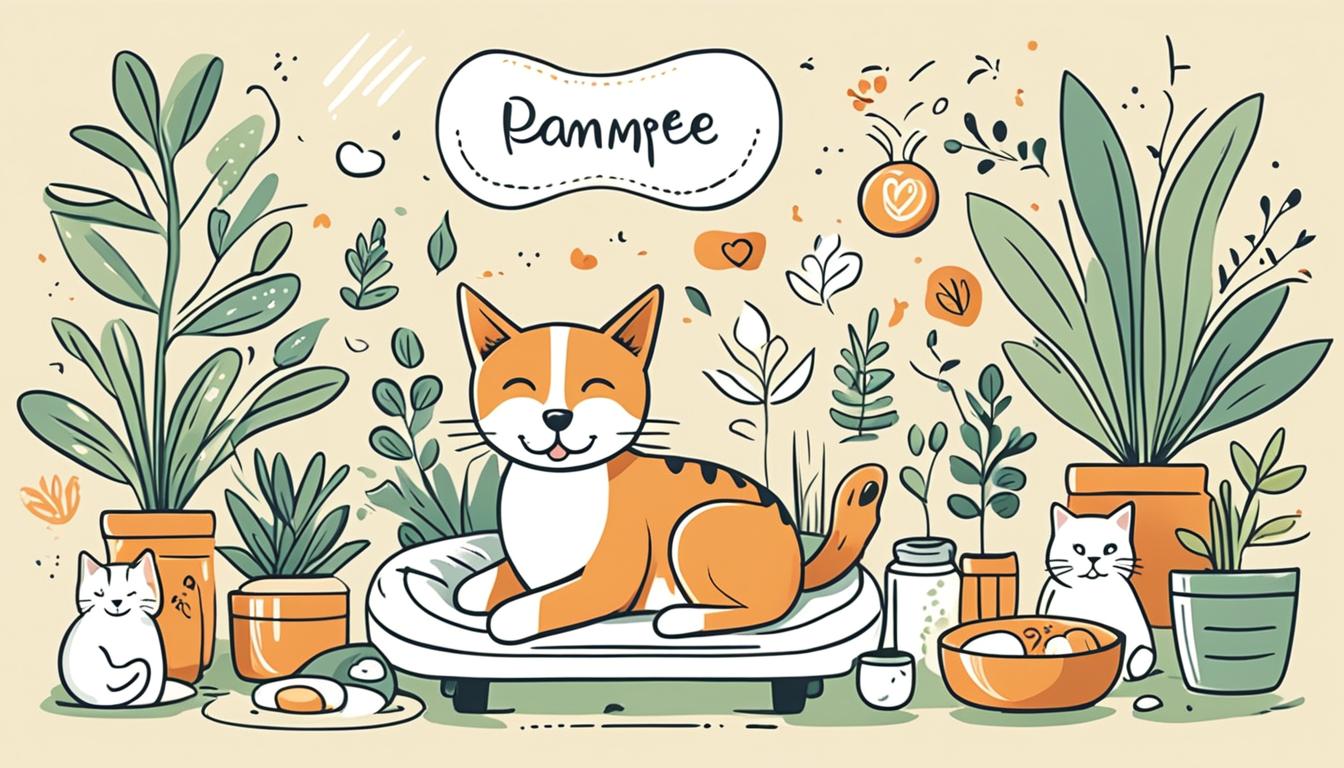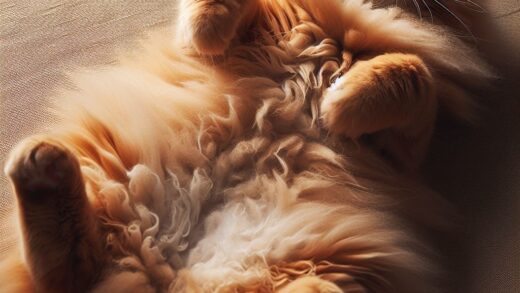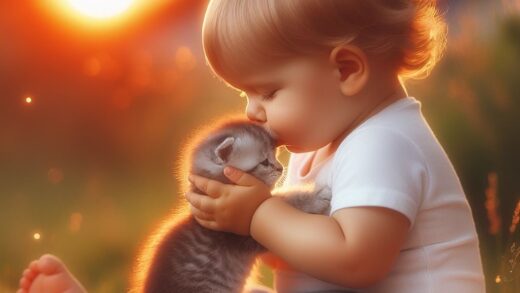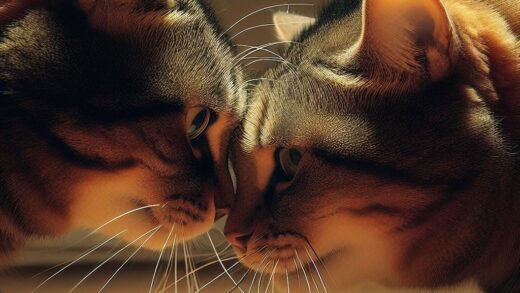Cat Petting Preferences: Areas to Avoid
Understanding a cat’s body language is crucial in petting. Avoid the belly area, as it can trigger defensive reactions. Cats see their bellies as vulnerable. Paw petting may lead to protective responses, respecting their paw sensitivities enhances interactions. Tails are essential for communication, sensitive to touch. Be cautious around tails to prevent harm. Knowing these areas to avoid can strengthen bonds with your feline friend.
Key Takeaways
- Avoid petting a cat’s belly due to sensitivity and vulnerability.
- Cats dislike paw petting as it triggers defense instincts.
- Tail petting should be avoided as tails are sensitive and vital for cats.
- Understanding body language enhances trust and strengthens bonds.
- Building trust with cats requires respecting their preferences and boundaries.
Reasons to Avoid Petting a Cats Belly
Touching a cat’s belly can elicit defensive reactions due to its vulnerability and sensitivity, which often leads many cats to dislike being petted in this area. Cats view their belly as a sensitive region containing vital organs, making them cautious about exposing it.
Understanding feline body language is crucial when attempting to build trust with a cat. Signs of discomfort, such as tensing muscles or twitching tail, can indicate that the cat is not receptive to belly rubs. By respecting a cat’s boundaries and observing its cues, trust can be established over time.
It is essential to approach petting with sensitivity and awareness of the cat’s preferences to foster a positive interaction and strengthen the human-feline bond.
Why Cats Dislike Paw Petting
After understanding the reasons behind cats’ aversion to belly petting, it is important to explore why cats also tend to dislike having their paws touched. Cats consider their paws vital for protection and may exhibit discomfort when these areas are touched.
Paw sensitivity is a common trait among cats, leading to defensive reactions if their paws are interfered with. These protection instincts are deeply ingrained in cat behavior, making paw petting generally unwelcome. Due to the sensitivity of their paws, most cats prefer to avoid this type of interaction.
Respecting a cat’s preference regarding paw petting is crucial in ensuring a positive and stress-free interaction with our feline companions.
Importance of Avoiding Tail Petting
Caution should be exercised when interacting with cats to avoid petting their tails, as this area is particularly sensitive and connected to their spine and nerves.
Cats’ tails play a crucial role in their communication and behavior, making them especially sensitive to touch. Injuries to the tail can have serious consequences for cats, as they may feel pain more acutely in this area.
Many cats are sensitive about their tails being touched, as it is considered a weak spot for them. It is essential to respect this sensitivity and refrain from petting or handling a cat’s tail to prevent potential discomfort or injury.
Understanding and acknowledging a cat’s tail sensitivity can lead to more positive and stress-free interactions with feline companions.
Frequently Asked Questions
Can Cats Become Aggressive if Their Belly Is Petted?
While some cats may display aggression when their bellies are petted, it is crucial to understand cat body language cues to prevent triggering defensive reactions. Training with positive reinforcement can help cats feel more comfortable with handling.
Are There Any Exceptions to Cats Disliking Paw Petting?
In some cases, cats may enjoy paw petting during playful interactions or gentle grooming sessions. While most cats may prefer to avoid paw touching, there can be exceptions based on individual preferences and trust levels.
How Can Tail Injuries Affect a Cat’s Overall Well-Being?
Tail injuries can significantly impact a cat’s well-being. Such injuries can cause pain, stress, and affect tail behavior. In severe cases, tail amputation may be necessary for healing, although this can also have lasting effects on a cat’s physical and emotional health.
What Are Some Signs That a Cat Does Not Want to Be Petted on the Head?
In feline communication, signs that a cat does not want head petting may include ear flattening, head turning, or gentle biting. Understanding a cat’s body language is key. Opt for areas like chin rubs or neck massages for positive interactions.
Are There Any Specific Techniques for Petting a Cat That Can Help Avoid Sensitive Areas?
When petting a cat, consider focusing on areas like the back or cheeks for optimal enjoyment. Tail stroking, head scratching, ear rubbing, and chin tickling are techniques to avoid sensitive areas and promote a positive interaction.
















